Description
SS316 Weaving Wire
The Crazy Wire Company are long established as Europe’s preferred suppliers of top quality SS316 weaving wire. We have enormous stock levels at all times, as we use this wire to weave our marine grade woven mesh products.
The SS316 weaving wire, at 0.27mm (29 AWG), is a marine-grade stainless steel wire valued for its durability and versatility. Wire like this is made from SS316 stainless steel, an alloy known for its corrosion resistance, making it suitable for marine applications, like boat rigging and fishing gear. Moreover, its resistance to high temperatures and corrosive substances makes it ideal for industrial chemical processing applications.
Aside from its industrial applications, this wire is popular for jewelry making and DIY projects due to its malleability and aesthetic appeal. During construction, it can be used as a lightweight but strong reinforcement material. Due to its fine diameter, the wire is ideal for detailed work in electronics and model making, and is easy to shape and weld, increasing its utility in various fabrication projects.
A robust and flexible weaving wire made of SS316, the material is a good choice for a wide variety of applications due to its corrosion resistance, strength, and ease of use, making it an ideal option for both professional and personal uses.
The details of this product are as follows:
- Diameter – 0.27mm (270 Micron – 29AWG)
- Ohms/ft – 13.47
- Iron (Fe): 66.5% to 74%
- Chromium (Cr): 16% to 18%
- Nickel (Ni): 10% to 14%
- Molybdenum (Mo): 2% to 3%
- Manganese (Mn): 2% max
- Silicon (Si): 1% max
- Carbon (C): 0.08% max
- Sulfur (S): 0.03% max
- Phosphorus (P): 0.045% max
Why Use The Crazy Wire Company
- Quality of products: The Crazy Wire Company always offer high-quality products that meet industry standards and customer expectations.
- Selection: We offer a wide variety of wire products and sizes to meet the diverse needs of our customers. We have more than 600 products available through our site and counting.
- Price: We always offer the best value possible. Our wires are available as part of our major weaving processes, so it is bought at the best possible rate.
- Availability: Our products are kept in house and are ready to ship immediately.
- Customer service: Our experienced staff help our customers feel confident in their purchases and provide assistance when required.
What Else Is Available?
Not only do we offer 316 grade stainless steel wire, but we also stock huge levels of SS304, SS430 (magnetic) and SS317L.
We also offer stainless steel in ribbon and flat wire options.
The choice is virtually endless!
FAQs About This Wire
How Is The Resistance Of 316 Wire Calculated?
The resistance of 316 stainless steel wire can be calculated using the following formula:
R = (ρ × L) / A
Where:
R = Resistance in ohms (Ω)
ρ = Resistivity of the material in ohm-meters (Ωm)
L = Length of the wire in meters (m)
A = Cross-sectional area of the wire in square meters (m²)
The resistivity of 316 stainless steel is approximately 7.2 × 10⁻⁷ ohm-meters (Ωm) at room temperature. The cross-sectional area of the wire can be calculated using the formula:
A = (π × d²) / 4
Where:
A = Cross-sectional area in square meters (m²)
d = Diameter of the wire in meters (m)
Once the resistivity, length, and cross-sectional area of the wire are known, the resistance can be calculated using the first formula. It is important to note that the resistance of the wire may change with temperature, so the temperature of the wire should be taken into account when calculating the resistance for a specific application.
316 vs 316L Stainless Steel Wire
316 and 316L stainless steel wire are both high-quality materials with similar properties, but there are some key differences between the two.
The main difference between 316 and 316L stainless steel wire is in their carbon content. 316 stainless steel wire contains between 0.08% and 0.10% carbon, while 316L stainless steel wire contains less than 0.03% carbon. This lower carbon content makes 316L stainless steel wire more resistant to sensitization and corrosion in certain environments, particularly in applications where the wire will be exposed to high temperatures or aggressive chemicals.
Another difference between the two is that 316L stainless steel wire is often used in medical or pharmaceutical applications due to its low carbon content and high resistance to corrosion and sensitization.
In terms of mechanical properties, 316 and 316L stainless steel wire have similar tensile strength, yield strength, and elongation. They also have similar levels of corrosion resistance, with both materials being highly resistant to corrosion in a variety of environments, including marine, chemical, and industrial.
Can I Weld 304 With 316 Grade Wire?
It is generally possible to weld 304 stainless steel with 316 stainless steel wire, but there are some important factors to consider to ensure a strong, durable weld.
The primary consideration when welding two different grades of stainless steel is to select a filler material that is compatible with both grades of steel. In this case, using 316 stainless steel wire as a filler material with 304 stainless steel should provide a strong, durable weld. However, it is important to use the appropriate welding technique and follow proper welding procedures to ensure a successful weld.
It is also important to take into account the intended use of the welded part and any applicable industry standards or regulations. In some cases, it may be necessary to use a specific type of filler material or welding technique to meet regulatory or safety requirements.
Can I Paint Stainless Steel Wire?
Yes, stainless steel wire can be painted, but it is important to select the appropriate paint and preparation method to ensure a successful and long-lasting finish.
When painting stainless steel wire, it is important to first clean the surface thoroughly to remove any dirt, oil, or other contaminants that may interfere with the adhesion of the paint. This can be done using a degreaser or a mild detergent and warm water, followed by rinsing and drying the surface thoroughly.
After cleaning, the surface of the stainless steel wire can be lightly abraded using a fine-grit sandpaper or a wire brush to create a rough surface that will promote better adhesion of the paint. It is important to be careful not to damage the wire while abrading it.
Once the surface has been cleaned and abraded, it can be painted using a high-quality paint designed for use on stainless steel or other metals. It is important to select a paint that is suitable for the specific application and that will provide good adhesion and durability.
When applying the paint, it is important to follow the manufacturer’s instructions carefully and to apply the paint evenly and in thin coats. The paint should be allowed to dry completely between coats, and the final coat should be allowed to cure fully before the wire is put into use.
The Crazy Wire Company is a leading UK based supplier of nichrome, FeCrAl, and stainless steel wires. We specialise in rapid delivery to any location around the country. Our factory is located in Warrington, which is the historic home of the UK’s wire industry.
Check out our blog ‘What You Need To Know About: Stainless Steel Wires’ for more information on resistance wire in general. Our goal for our blogs and help guides is to answer as many questions as possible to help to explain the possibilities of mesh to our customers.
We also offer similar products through our highly popular eBay store, check us out there too.
Contact our team today if you have any questions at all. We are always really keen to help in any way that we can.

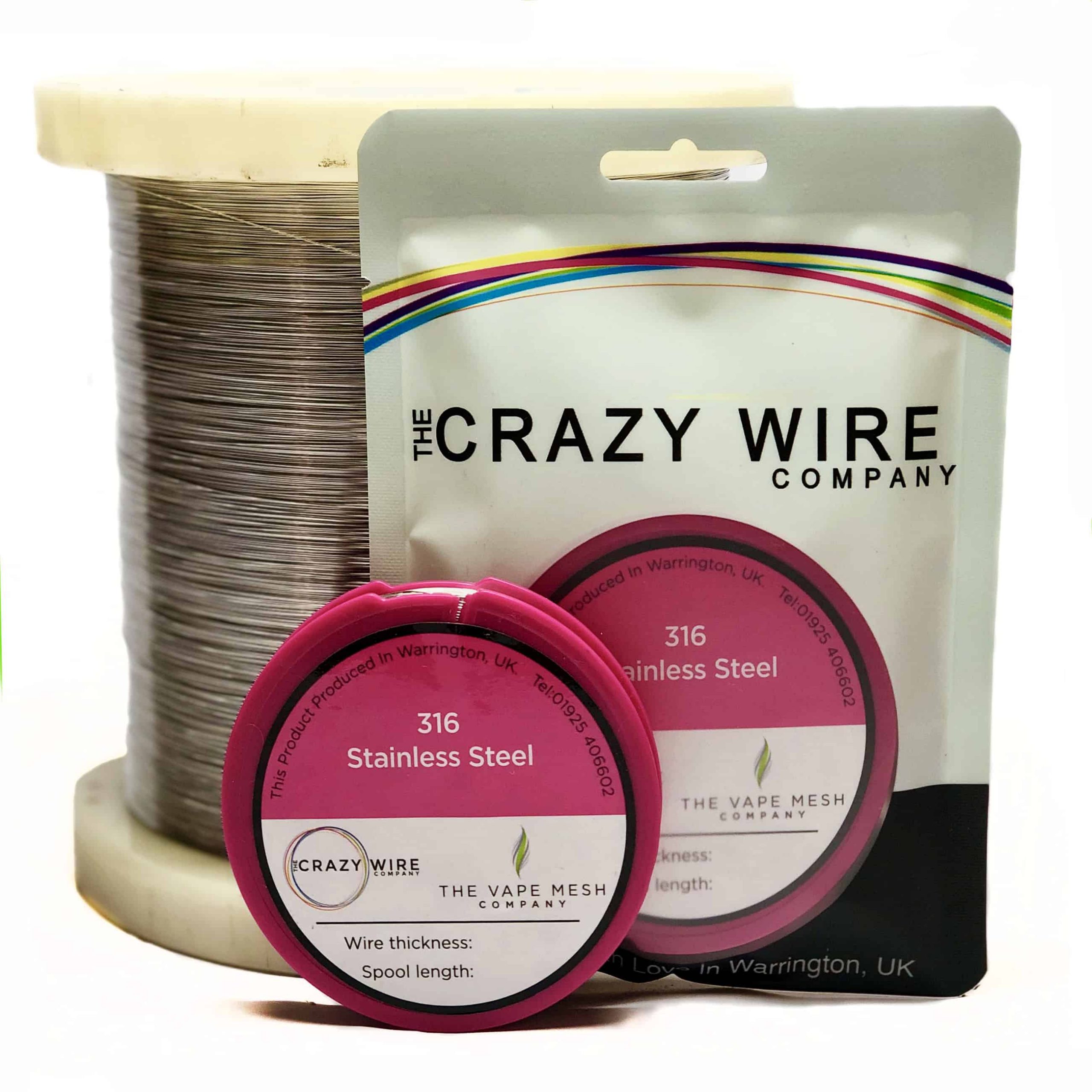


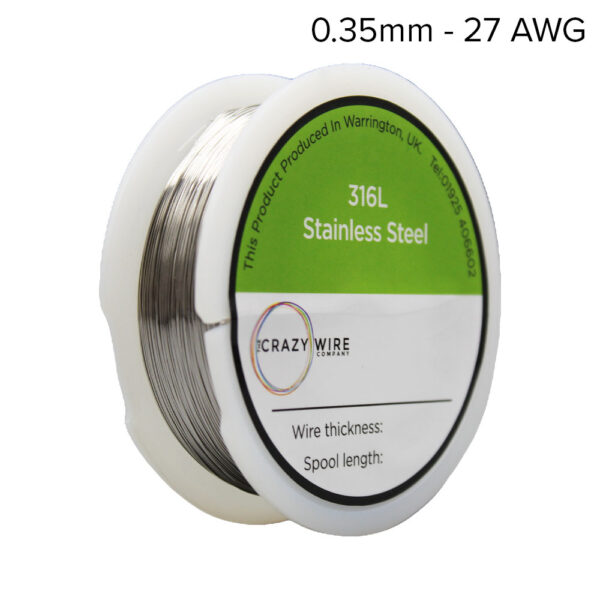
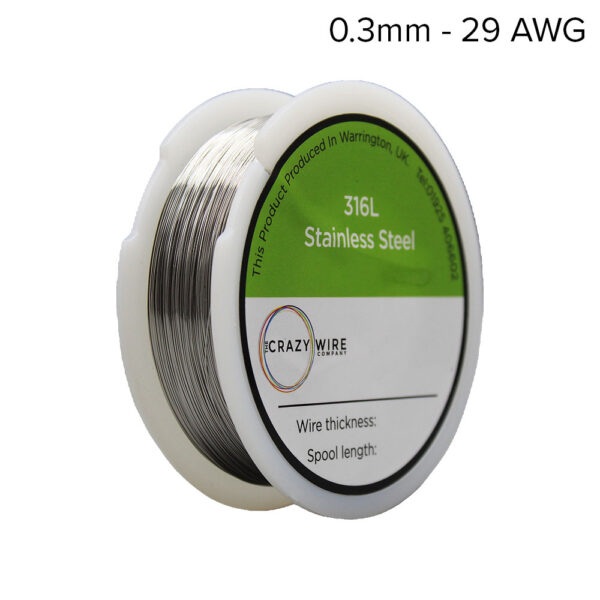
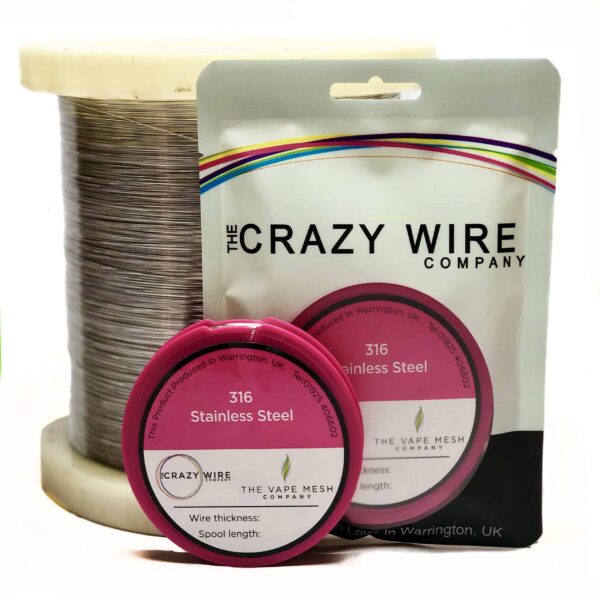
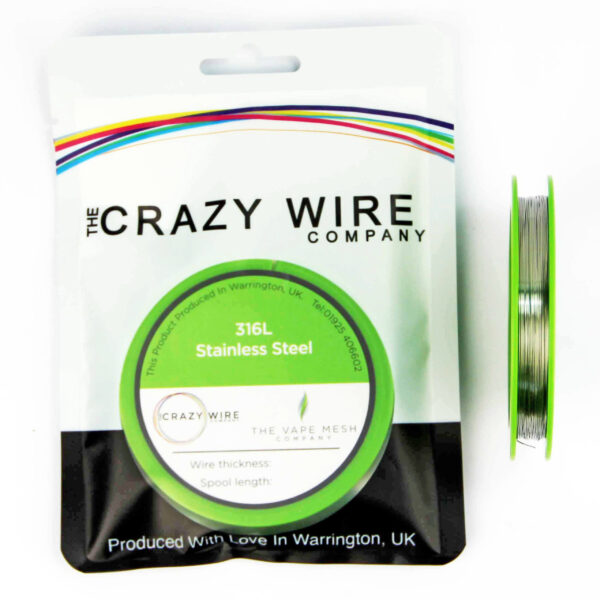





Reviews
There are no reviews yet.